Fluid seeding
jaliranchr
17 years ago
Related Stories

GARDENING GUIDESGreat Design Plant: Fan Aloe
Fanning leaves offer a striking rosette alternative, but this plant has all the benefits of regular succulents and more
Full Story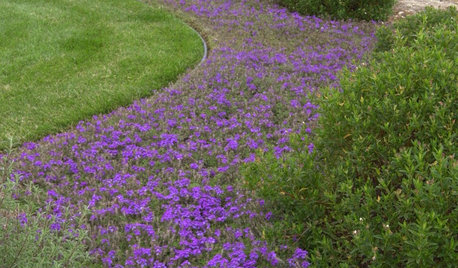
GARDENING GUIDESBathe Your Garden in a River of Color
Flowing curves made of ground covers, herbs and grasses to resemble a riverbed give landscapes movement and grace
Full Story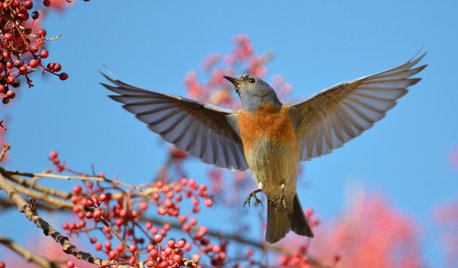
GARDENING GUIDESHow to Bring the Joy of Bluebirds to Your Garden
Attract these beautiful songbirds with nesting habitat and food sources, including berry-producing trees and shrubs
Full Story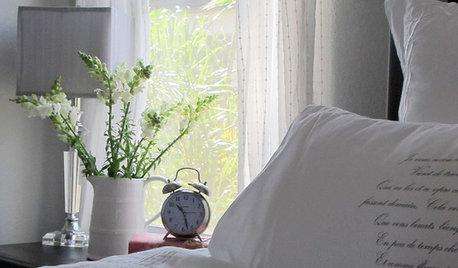
BEDROOMSHow to Choose the Perfect Bed Pillow — and Sleep Better
Wake up saying 'Ahhhh' instead of 'Ow' with a pillow that provides all the support and comfort you need
Full Story
PETSPet-Proofing Your Home: A Room-by-Room Guide
Not all pet dangers are obvious. Keep furry friends safe and sound by handling all of these potential hazards
Full Story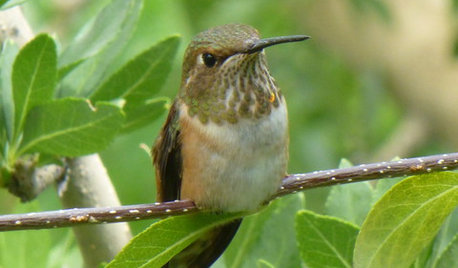
GARDENING GUIDES8 Flowers That Hummingbirds Adore
To draw those mesmerizing little birds to your garden or doorstep, plant these flowers that are attractive in more ways than one
Full Story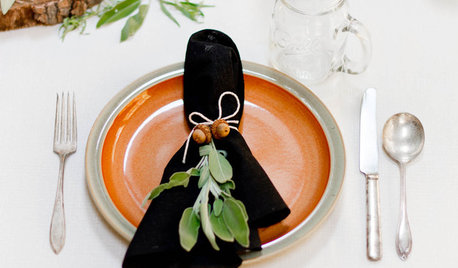

UPHOLSTERYFabric Focus: Cozy, Carefree Cotton
Here’s why you should consider making cotton king in your home decor
Full Story
LIFEHouzz Call: How Are You Handling the Record-Breaking Cold?
Share your tales, strategies and photos for everything polar vortex
Full Story
MONTHLY HOME CHECKLISTSDecember Checklist for a Smooth-Running Home
It's time to add weather stripping, plan for holiday home safety, consider backup heating, check your emergency kits and more
Full StoryMore Discussions






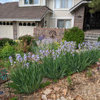
digit
jaliranchrOriginal Author
Related Professionals
Elgin Landscape Contractors · Middletown Landscape Contractors · Surprise Landscape Contractors · Elmhurst Landscape Contractors · Gallatin Landscape Contractors · Live Oak Landscape Contractors · National City Landscape Contractors · Red Oak Landscape Contractors · Stallings Landscape Contractors · Stony Brook Landscape Contractors · Wickliffe Landscape Contractors · Forest Park Solar Energy Systems · Greenville Solar Energy Systems · Hemet Solar Energy Systems · Los Angeles Solar Energy Systemsdigit
Skybird - z5, Denver, Colorado
bpgreen
jaliranchrOriginal Author
digit
jaliranchrOriginal Author
digit
emagineer
digit
emagineer
digit
billie_ladybug
emagineer
digit
jaliranchrOriginal Author
greenbean08_gw
billie_ladybug
greenbean08_gw
digit
digit
Skybird - z5, Denver, Colorado
greenbean08_gw
jimmygfarm
digit
rob_in_westernwa
digit
rob_in_westernwa